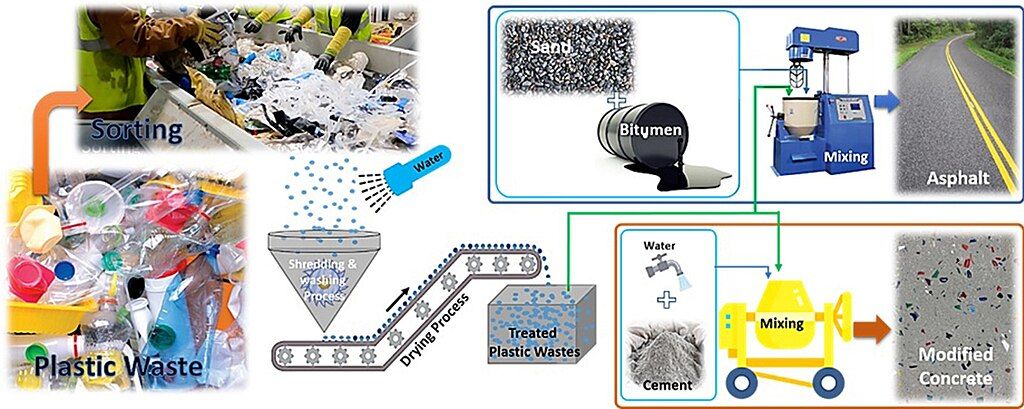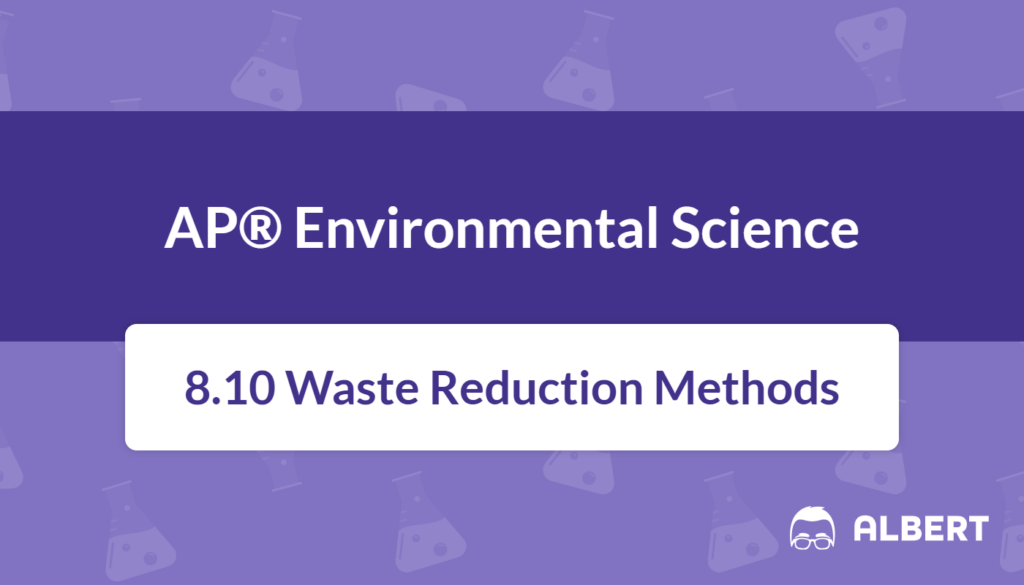What We Review
Introduction
Waste generation remains a major challenge for modern societies. Significant amounts of paper, plastic, and other materials end up in landfills daily. Meanwhile, the desire to reduce human impact on the carbon cycle and other natural processes continues to grow. Understanding waste reduction and recycling strategies is key to developing environmentally sound solutions. This article explores several methods—recycling, composting, e‑waste management, and innovative landfill mitigation—and explains why each is valuable for a sustainable future.
Moreover, these approaches emphasize reducing waste through recycling, composting, and other measures. By exploring the benefits and drawbacks of each method, one can gain a holistic view of strategies that minimize environmental damage. Ultimately, implementing waste reduction practices supports the responsible management of resources, which is especially critical as the population growth model continues to accelerate global consumption.
Understanding Waste Reduction
Waste reduction refers to the collective strategies that minimize the amount of waste produced in the first place. The most common framework for these methods is the waste hierarchy: Reduce, Reuse, Recycle. This hierarchy serves as a guide for prioritizing actions. Reducing waste at the source is preferable to reusing items, and reusing is preferable to recycling. All three tiers help limit the strain on landfills and conserve natural resources.
Reducing waste is critical for several reasons. First, less waste means reduced demand for landfill space, which is increasingly scarce in densely populated regions. Second, fewer discarded materials curb environmental disturbances such as leachate formation and greenhouse gas emissions. Lastly, reducing waste can alleviate pressure on resource extraction, an important factor in protecting ecosystems and maintaining biodiversity.
However, effective waste reduction calls for active participation from individuals, governments, and industries alike. The global economy relies on the consumption of natural resources, meaning that strategies focusing on waste minimization must be widely adopted. If these methods become standard practice, they can slow the depletion of essential materials and lessen the impact on the carbon cycle.
Transforming Waste into New Products
Recycling is the process by which solid waste is converted into usable materials. Recycling demonstrates how resources can be managed more responsibly while decreasing reliance on virgin materials. Certain solid waste materials such as paper, plastic, and metal can be processed and transformed into new products.
How Recycling Works
- Collection: Waste materials are gathered from curbside bins, recycling centers, or designated drop-off points.
- Sorting and Cleaning: Items are separated based on their composition (e.g., plastic, paper, metal). They are also cleaned to remove contaminants.
- Processing and Conversion: Materials are shredded, melted, or pulped, depending on their type. During this stage, they may be combined with virgin resources to improve product quality.
- Remanufacturing: Once processed, these materials become raw inputs for new products, such as plastic bottles or aluminum cans.

Benefits
- Resource Conservation: Recycling lowers the demand for raw materials, such as timber or metal ores.
- Reduced Landfill Use: When more items are recycled, fewer end up in landfills. This helps limit leachate production and methane emissions.
- Lower Energy Consumption: Manufacturing new products from recycled materials typically requires less energy than using virgin materials.
Drawbacks
- Energy Intensity: Although recycling can reduce energy use relative to new production, the process itself still consumes significant energy.
- Potential Costs: Collecting, sorting, and remanufacturing can be expensive, and some areas lack sufficient facilities.
- Limited Market Value: Not all recyclables fetch high prices. If demand drops, items may end up stored or even landfilled.
Example: Recycling Plastic Bottles
- Step 1: Collection of plastic bottles from curbside bins or local recycling programs.
- Step 2: Bottles are checked for labels and contaminants, then thoroughly cleaned.
- Step 3: Clean bottles are shredded into flakes, which are melted into pellets.
- Step 4: Pellets are molded into new plastic goods, such as textile fibers or new beverage bottles.
This plastic bottle example illustrates how recycling channels waste back into productive use. It also highlights how each reagent in the process can reduce the burden on landfills.
Composting: Turning Food Scraps into Fertilizer
Composting converts organic matter like food scraps and yard waste into nutrient-rich material that can boost soil fertility. According to STB-3.M.3, this process involves decomposition, making compost useful as a natural fertilizer. Composting connects directly to the carbon cycle because it returns carbon to the soil rather than releasing excess carbon dioxide into the atmosphere.
The Decomposition Process
Organic matter is broken down by microorganisms such as bacteria and fungi. In aerobically managed compost piles, oxygen supports the metabolism of these organisms, which consume carbon-rich and nitrogen-rich materials. Over time, the waste transforms into humus, a dark, crumbly substance rich in nutrients.
Benefits
- Reduced Landfill Waste: Composting diverts organic materials away from landfills, thereby lowering methane emissions.
- Soil Enrichment: Finished compost improves soil structure, retains moisture, and supplies essential nutrients like nitrogen and phosphorus.
- Support for the Carbon Cycle: Returning organic matter to the soil reduces the need for chemical fertilizers and helps maintain ecological balance.
Drawbacks
- Possible Odor Issues: Improperly managed compost can emit foul smells.
- Attraction of Pests: Food scraps can draw rodents and insects if the compost is not well sealed or balanced.
- Space Requirements: Compost piles or bins require adequate land area, which may be limited in urban settings.
Example: Composting Kitchen Waste
- Step 1: Collect fruit peels, vegetable scraps, and other organic leftovers.
- Step 2: Layer green materials (food scraps) with brown materials (dry leaves or cardboard) in a compost bin. Keep a ratio of approximately 2:1 browns to greens.
- Step 3: Maintain soil moisture by occasionally watering, and turn the pile weekly to ensure oxygen circulation.
- Step 4: After several weeks (or months), the decomposed matter becomes crumbly compost ready to use in gardens or potted plants.
This straightforward technique demonstrates how effortless it can be to repurpose organic waste. With proper management, composting yields a valuable resource that naturally supports plant growth.
Managing E-Waste: The Growing Challenge
Electronic waste (e‑waste) consists of discarded electronic devices such as computers, smartphones, and televisions. STB-3.M.4 identifies e‑waste as a serious concern since it may contain hazardous substances like lead, mercury, and other heavy metals. When e-waste is improperly landfill-disposed, toxins can leach into groundwater and harm wildlife and human health.
Importance of Proper Disposal
Modern electronics often contain valuable metals like gold, silver, and copper. Recovering these resources through specialized recycling processes helps conserve materials and reduces the environmental damage linked to mining. Moreover, safely handling toxic components prevents soil and water pollution.
However, recycling e‑waste can be costly and requires advanced facilities. Some regions do not have the infrastructure to support large-scale e‑waste collection or processing. Consequently, e‑waste either accumulates in landfills or gets shipped to countries lacking strict environmental regulations, raising potential human health risks.
Benefits
- Recovery of Precious Metals: E‑waste recycling salvages materials that would otherwise require energy-intensive mining.
- Prevention of Contamination: Proper disposal avoids hazardous substances entering soil and water supplies.
- Reduced Environmental Impact: Reusing components trims demand for new raw materials.
Drawbacks
- High Costs: Specialized technology and labor add to the expense of e‑waste recycling.
- Unequal Access to Facilities: Many areas lack the infrastructure for safe e‑waste management.
- Risk of Illicit Export: Unscrupulous actors might ship e‑waste to regions with lax environmental rules.
Example: Recycling Old Electronics
- Step 1: Electronic devices are dropped off at designated e‑waste centers or collection events.
- Step 2: Technicians or workers disassemble devices to remove hazardous components (batteries, circuit boards).
- Step 3: Recyclable metals and plastics are sorted out for further processing.
- Step 4: Toxic substances like mercury and lead are contained and directed to approved disposal or treatment facilities.
Illustrating how an old laptop can be disassembled for safe disposal underscores the complexity of e‑waste management. Despite its challenges, properly handling e‑waste offers substantial benefits for resource conservation and public health.
Innovative Landfill Mitigation Strategies
Landfills remain a primary means of waste disposal worldwide. However, innovative strategies can mitigate their adverse environmental effects. These strategies include recovering energy from decomposing waste and turning closed landfills into public green spaces.
Techniques and Advantages
- Energy Recovery: Decomposing organic material in landfills produces methane, which can be harnessed as a renewable energy source. STB-3.M.6 describes how the combustion of these gases turns turbines to generate electricity, thus lowering reliance on fossil fuels.
- Habitat Restoration: After a landfill reaches capacity, the site can be sealed, and protective layers may be placed to prevent soil and water contamination. With additional landscaping, it can be turned into habitats or parks for community use.
These approaches relieve some pressure on landfills and create beneficial uses for lands that otherwise remain unproductive. Nevertheless, they come with certain limitations.
Drawbacks
- High Initial Costs: Collecting landfill gas and building conversion facilities require substantial funds.
- Technical Complexity: Operating methane extraction systems and preventing leaks demand specialized expertise.
- Potential Environmental Risks: If managing gases is flawed, methane can escape and intensify greenhouse effects.
Example: Combustion of Landfill Gases
- Step 1: Landfill operators install gas wells to capture methane from deep within the waste layers.
- Step 2: Methane is piped to a treatment facility that removes traces of contaminants.
- Step 3: Purified methane is combusted in a gas turbine or engine, similar to how other renewable energy sources power generators.
- Step 4: Electricity is fed into the grid, and leftover heat can be harnessed for additional uses.
This process transforms decomposing waste into a resource. It also highlights how tapping into landfill methane can reduce environmental impact while reinforcing efforts to adopt more renewable energy strategies.
Conclusion
Waste reduction methods such as recycling, composting, managing e‑waste, and promoting innovative landfill strategies can substantially alleviate the burdens of rising consumption. Each approach offers benefits: recycling conserves resources, composting enriches soils, e‑waste management curtails toxic leaks, and landfill mitigation captures energy from decaying waste. Although these methods involve costs and complexities, they emphasize responsible stewardship of natural resources. By employing these strategies, communities can navigate the challenges of a growing population while reducing environmental damage. Ultimately, embracing waste reduction is a vital step toward a more sustainable future for all.
Key Vocabulary
- Waste Reduction: Strategies that minimize the amount of waste produced at the source.
- Recycling: Converting used materials into new products to conserve resources and energy.
- Composting: Decomposing organic materials (e.g., food scraps) into nutrient-rich fertilizer.
- E-Waste: Discarded electronic devices that may contain hazardous substances like lead and mercury.
- Combustion: Burning organic material or gases (such as methane) to generate energy.
Sharpen Your Skills for AP® Environmental Science
Are you preparing for the AP® Environmental Science test? We’ve got you covered! Try our review articles designed to help you confidently tackle real-world AP® Environmental Science problems. You’ll find everything you need to succeed, from quick tips to detailed strategies. Start exploring now!
- AP® Environmental Science: 8.7 Review
- AP® Environmental Science: 8.8 Review
- AP® Environmental Science: 8.9 Review
Need help preparing for your AP® Environmental Science exam?
Albert has hundreds of AP® Environmental Science practice questions, free response, and full-length practice tests to try out.








